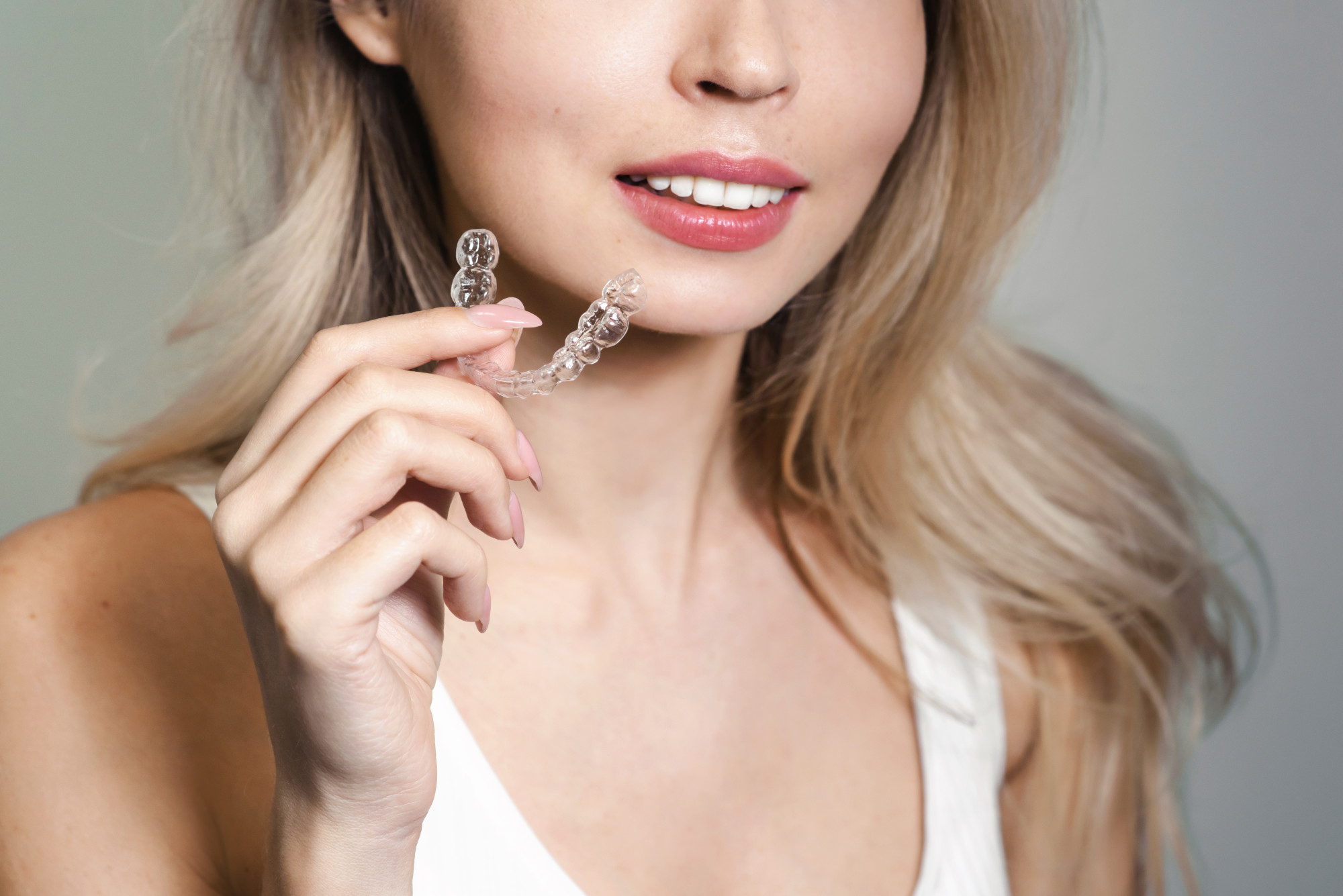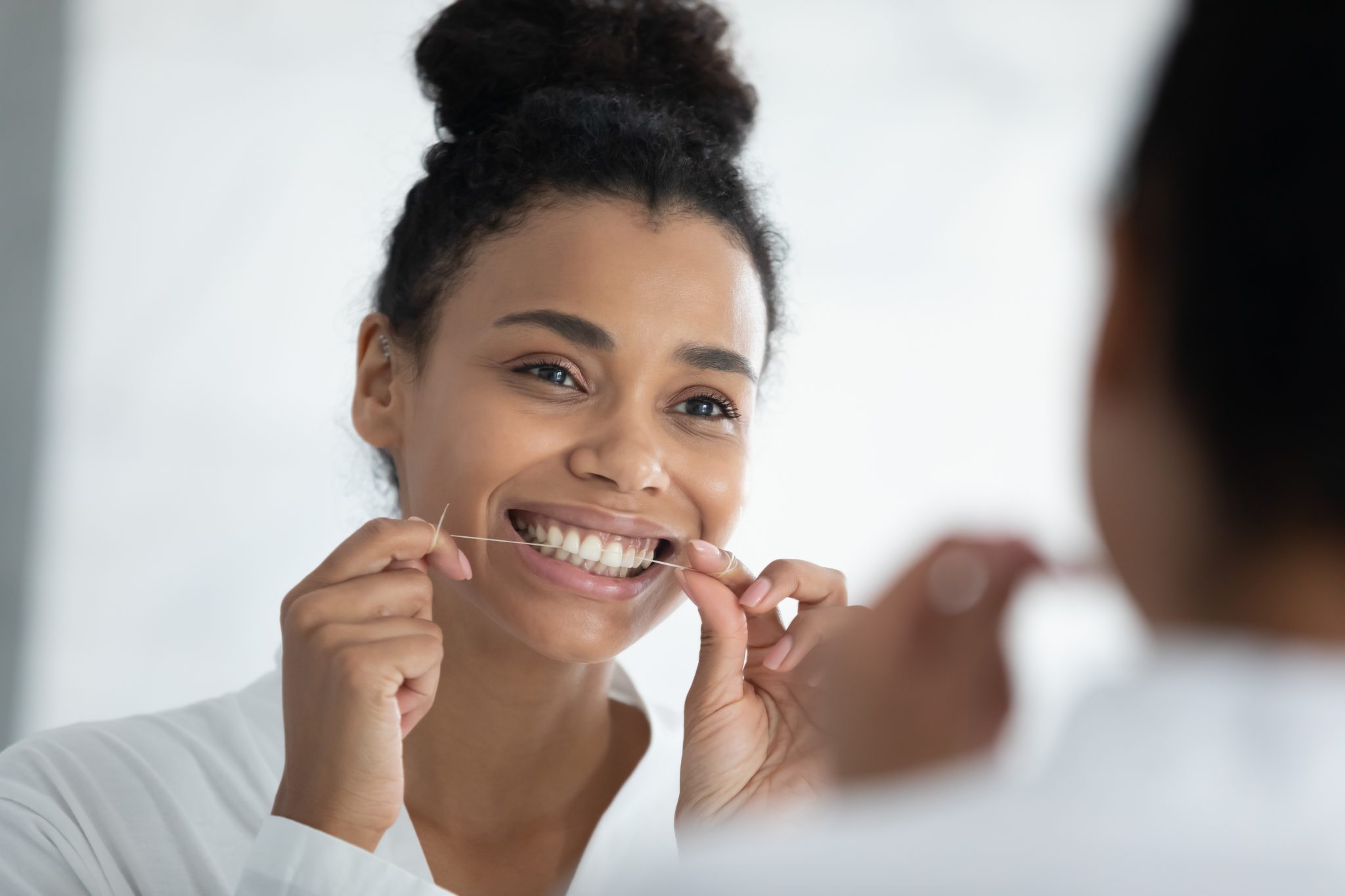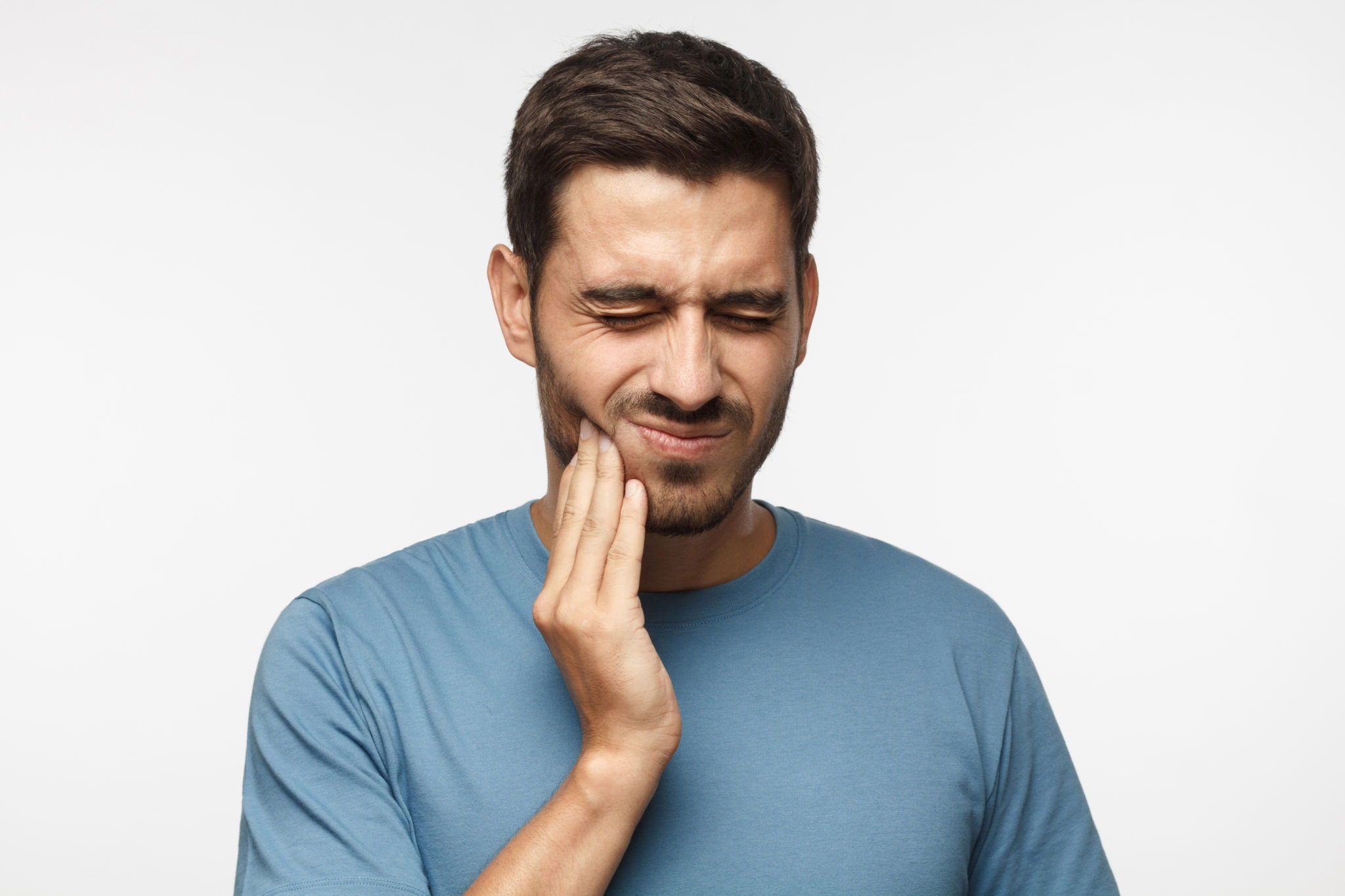Back in the day we weren’t exactly spoiled for choice when it came to teeth straightening options. In fact, your only choice up until recent years (1999, to be exact) was metal braces. Nowadays, we have the freedom of choice.
Should you choose Invisalign over braces? Well, that really is up to you, the timeframe you’d like to straighten your teeth in, and your budget, of course.
If you’re looking to straighten your teeth, correct a crowded mouth, or bite abnormalities, Invisalign could be just right for you. To learn more about why Invisalign could be a better option than traditional braces, keep on reading.
Why Should You Straighten Your Teeth Anyway?
Aside from creating a beautiful smile, teeth straightening has a number of oral health benefits — it’s not all cosmetic. Correcting a crossbite, overbite, or an underbite, for one, can help to eliminate jaw problems and pain.
By evening out overcrowded teeth, you can also benefit from improved dental health as it makes it easier to brush and floss teeth thoroughly. This keeps gum disease and tooth decay at bay.
Teeth straightening can also help with speech issues, such as lisp impediments caused by overcrowded teeth or jaw problems.
Why Choose Invisalign Over Braces?
Invisalign made its way onto the market about 22 years ago. Since then, it has revolutionized the type of orthodontic care offered to patients across the globe. With its patented technology, Invisalign has become the teeth straightening method of choice for both children and adults alike.
Here are some of the standout benefits and why you might want to choose Invisalign over metal braces:
1. Invisalign Is Removable
Why is this a big deal? Simply because metal braces are completely fixed to your teeth with dental cement and a network of wires. This puts a limit on the types of foods you can eat, and also makes them difficult to clean.
Yes, you have to wear your aligners for an average of 22 hours per day. But the upside is that you can remove them at any time. This means you have the freedom to eat and drink whatever you want. If you’re feeling self-conscious or uncomfortable you can pop them out at any time.
The only thing you must remember to do is brush your teeth after you eat and rinse your aligners before putting them back in. Invisalign is also very easy to clean. You can start with just rinsing them throughout the day. Then soak them in a cleaning solution and gently scrub them with a toothbrush at night.
All in all, Invisalign decreases your risk of developing tooth decay or gum infection because of how hygienic they are.
2. Invisalign Is Comfortable
The clear aligners are made from polyurethane plastic resin, so this means you won’t have a mouth full of metal to contend with. The efficient, patented material was designed with mouthfeel and comfort in mind.
Not only is this material 100 percent safe to use, but it moves with the teeth in a precision-like fashion, without excessive amounts of tooth pain or sensitivity.
Your dentist will take a mold of your mouth and ensure the clear aligners match your specific diagnosis. They fit snugly around your teeth so you won’t have to worry about them digging into your gums or falling out, either.
3. It’s Discreet, Subtle, and Professional
There’s a reason why Invisalign has become so popular with young adults and professionals today. The aligners are almost invisible and make for a completely discreet and subtle means of teeth straightening when compared to braces.
Basically, you can wear your Invisalign throughout your workday and not worry about them. They are ideal for all types of career professionals. They are also a great choice for teens who may be self-conscious about their smiles, too.
Today, there is the option of choosing Invisalign Teen which is specifically designed to suit the growing mouths of children.
4. It’s Effective and Offers Proven Results
The Invisalign design team has invested years of research into product development. So, it’s not likely that you’ll find a more reliable orthodontic tool on the market today. Not-to-mention, millions of dollars on product adjustment to ensure Invisalign offers proven, efficient results.
Invisalign utilizes a specific type of technology known as SmartTrack™ plastic, as well as SmartForce™ attachments. As a result, these clear aligners offer faster tooth movement than any other clear aligner brand today.
Yes, braces are an effective tool for treating a huge variety of teeth conditions. But Invisalign may be even more effective in treating specific conditions, such as open bites, for example. However, this depends on the advice of your orthodontist.
5. You Won’t Need to Visit Your Orthodontist as Often
When you opt for Invisalign treatment your orthodontist will set out a predicted timeline and follow a series of custom-made aligners. Each set of aligners is swapped out every two weeks for the next set in the series.
Most of the time you’ll receive a few sets in advance as well as instructions on when to swap out your aligners. All in all, this means you can maintain your Invisalign treatment from home and won’t need to physically go into your orthodontist’s office that often.
You will only need to visit your orthodontist every 3 months or so to collect your next series of aligners. Whereas with braces, you might need to visit your orthodontist every month!
6. You Can Whiten and Straighten Your Teeth Simultaneously
This is yet another brilliant perk of Invisalign. The clear aligner trays can double as teeth whitening trays while you wear them throughout the night during your sleep.
You simply apply a specialized and orthodontist-approved teeth whitening gel to the inside of your aligner trays. Then pop them in for a quick and efficient tooth whitening treatment overnight.
7. The Entire Treatment Process Is Shorter
As a general rule of thumb, most people have to wear braces for a period of 18 months to 2 years for full and effective treatment. The great thing about Invisalign is that the entire treatment process takes half, if not a quarter of the time.
Due to their specialized design and technology, you can complete an entire Invisalign treatment from start to end in as little as 6 months. However, this does depend on your unique case, and how often you wear your aligners, too.
8. It’s Not as Expensive as You Think
Many people are under the impression that Invisalign is just not affordable, or that it’s far more expensive than braces. But the reality is that an entire Invisalign treatment costs almost the same as the extent of metal braces.
To add to this, if your insurance offers orthodontic coverage, it should cover the cost or partial cost of Invisalign, much the same as it would with traditional braces.
Looking for a Family Dentist You Can Rely On?
So, should you choose Invisalign over braces? At the end of the day, this choice is highly personal. But if the above benefits were enough to sway you, then it’s best to get started with your Invisalign journey sooner, rather than later.
At Webster Family Dentistry your oral health is our priority. Whether you’re looking for cosmetic, restorative, or preventative dentistry, we’d love to meet you!
Get in touch with our practice if you’re based in the Webster Groves region and we’d be happy to schedule your next visit.







